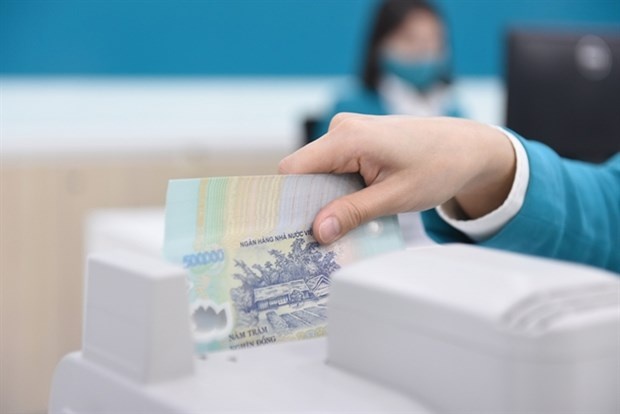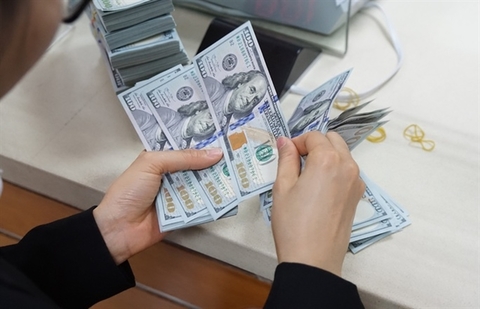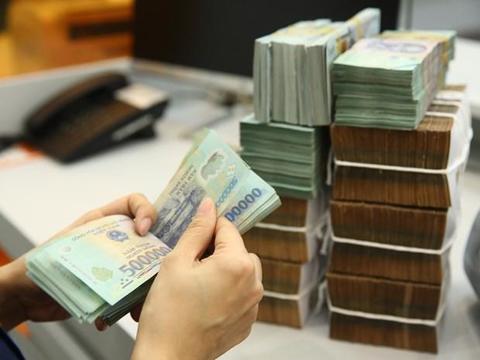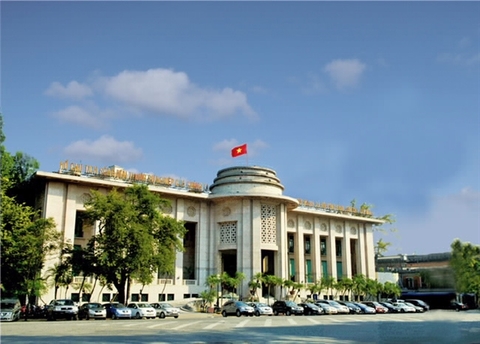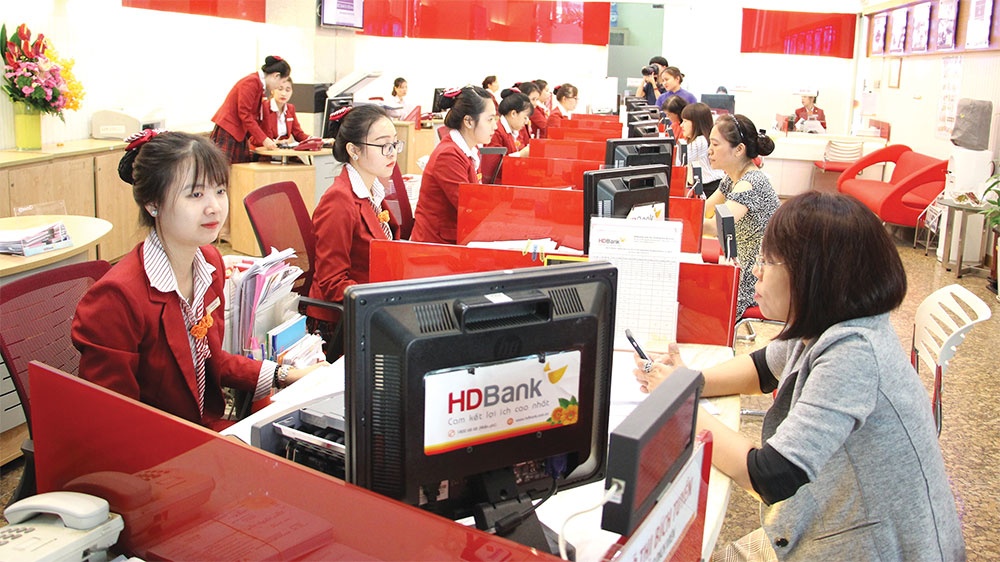Lenders search for further credit room
Lenders search for further credit room
As the gap widens among banks in terms of profit growth, on-year credit growth remains an important driver for banks, as it makes the largest contribution to pre-tax profit growth. Thus, banks are looking for an allocation of credit room this year.
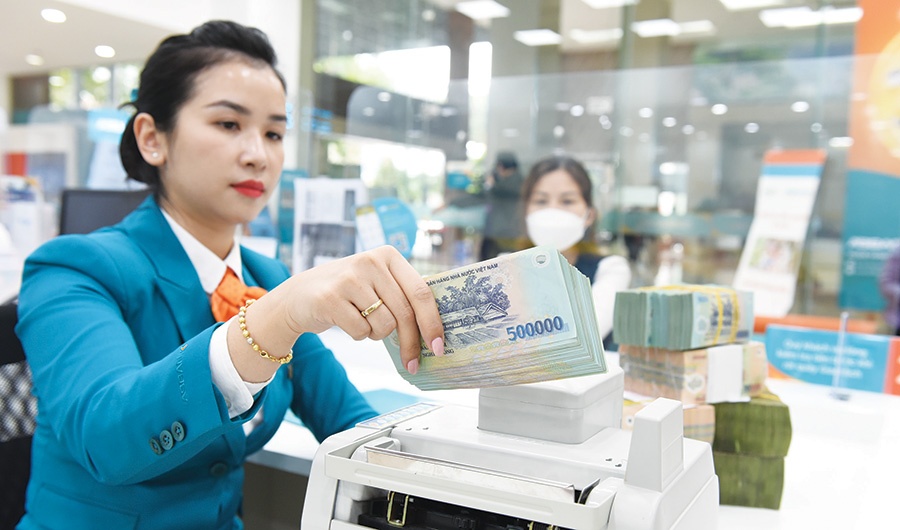
Tran Thi Khanh Hien, director of analysis at VNDirect Securities, said that credit growth would slow down and reach about 12 per cent in 2023. The system’s credit increased by 14.5 per cent in 2022, a percentage point higher than the same period the previous year. However, credit only climbed by about 5 per cent from the end of June to the end of December. This is a marked slowdown when the government is prioritising economic stability.
“The slowdown was due to the poor real estate market, decelerating export growth, and high interest rates,” Hien said. “Investors will find it challenging to mobilise capital when the government bond market remains subdued, and interest rates are high, dampening the demand for home loan. Export growth, one of Vietnam’s main pillars, is estimated to decelerate to 9.5 per cent in 2023 from 14 per cent in 2022. Moreover, businesses will temporarily stop expanding production and business activities because of high-interest rates and weak consumer demand.”
In addition, global inflation has shown signs of peaking. Inflation in Vietnam is likely to remain high due to a 20.8 per cent increase in wages effective July 2023 and rising expenses for healthcare and public transport. Meanwhile, liquidity pressure also leads to the slowdown of credit growth. At the end of the third quarter of 2022, all banks recorded a strong increase in loan-deposit ratio. Some banks have nearly reached the regulatory threshold (85 per cent).
In this context, the State Bank of Vietnam (SBV) prioritises commercial banks with a healthy credit structure (low proportion of loans to risky segments such as real estate and corporate bonds and/or high proportion of retail loans). Banks will not only participate in restructuring weak financial institutions, but also boast healthy asset quality, a high capital adequacy ratio, and sound risk management.
“Based on these factors, we predict VPBank, MBB, HDBank, and Vietcombank will get involved in the restructuring of weak credit institutions. Thus, these banks will receive a higher credit limit than other banks, thus improving their credit market share in 2023,” she added.
Following the social distancing period in the third quarter of 2021, credit growth had already boosted the profit growth of the banking industry. It posted profit growth of 53 per cent in the third quarter of 2022, higher than 31 per cent in the first quarter and 36 per cent in Q2. The industry registered a growth rate of nearly 40 per cent for the first nine months of the year.
However, there were signs of a slowing in quarterly growth since the second quarter of 2022. Rong Viet Securities (VDSC) estimates that the credit growth of the banking industry will be around 11-12 per cent for the whole year of 2023, lower than the target of 15.5-16 per cent in 2022. This is due to the reduced credit demand soon amid rising interest rates and declining economic growth.
Tran Minh Binh, chairman of VietinBank’s Board of Directors said, “We urge the management agency to announce growth documents in 2023, especially a key document for Circular No.22/2019/TT-NHNN on limits and prudential ratios of banks and foreign bank branches. This will be for banks to balance capital and take a proactive approach to capital sources and credit growth from the beginning of the year.”
Pham Quang Dung, chairman of Vietcombank’s Board of Directors added, “The SBV should allow state-owned commercial banks to handle the annual credit growth on the basis of the regulations on the limits and prudential ratios and in line with the national and international standards. This move certainly does not affect the operation of the SBV as state-owned commercial banks are limited by the size of their charter capital.”
In the face of global and local macro shocks, the SBV had made flexible adjustments to achieve its operating goals last year. The SBV has started to tighten monetary policy since June to stabilise the exchange rate and control inflation.
Hoang Nu Ngoc Thuy, head of Research and Analysis at BIDV, said that the SBV increased operating interest rates in the third quarter. The open-market-operation rate has risen to 6 per cent per year from 2.5 per cent per year. Meanwhile, other operating interest rates have increased twice, with a total increase of 2 per cent per year. The SBV also adjusted the money supply more carefully, with an estimated net withdrawal of more than $8.52 billion.
“The SBV also maintains liquidity support for the commercial banking system through the open market and refinancing. This helped ensure the system’s safety in the last two months of the year, amid rising pressure from the international environment and the softening of the USD/VND exchange rate,” Thuy said.
Notably, during this period, the SBV increased the credit growth target of the whole system by 1.5-2 per cent, to 15.5-16 per cent. Thus, commercial banks could expand their lending activities to support businesses and contribute to Vietnam’s economic growth.
Kang Gew Won, general director of Shinhan Bank Vietnam, said that the bank also faced some difficulties in scaling up its operation due to limitations on credit growth. “In December, with the SBV granting additional credit growth limits to banks in a bid to support businesses. Shinhan was able to provide more low-interest loan products for customers,” he said.
BIDV’s Thuy predicts that SBV will adjust credit growth at a reasonable level. With the government’s targets for GDP growth of 6-6.5 per cent and inflation at 4.5 per cent, the credit growth limit could continue to hover around 13-14 per cent next year.




